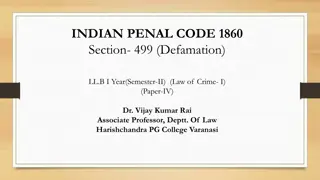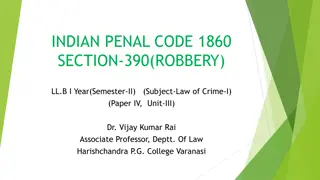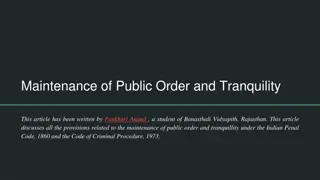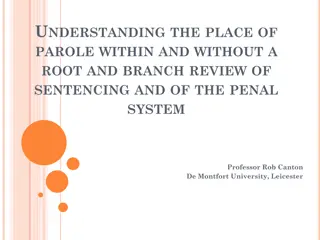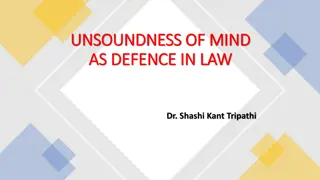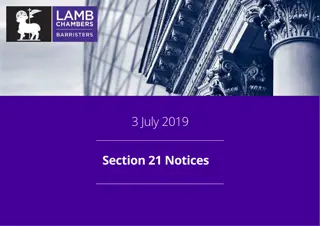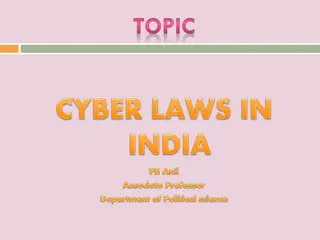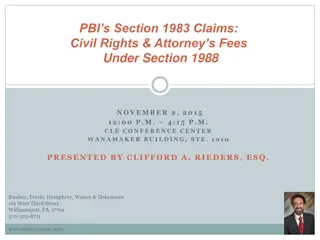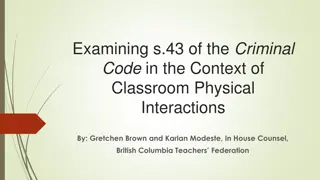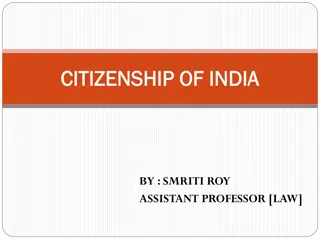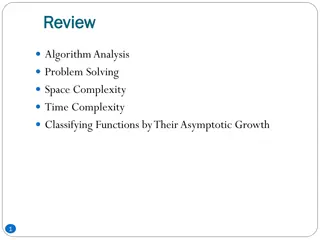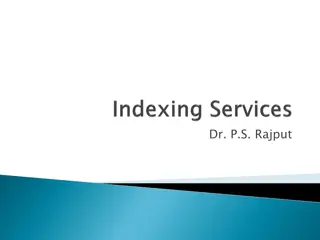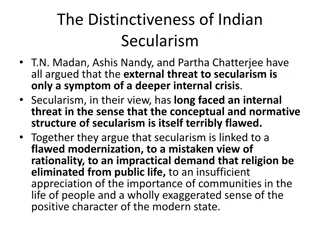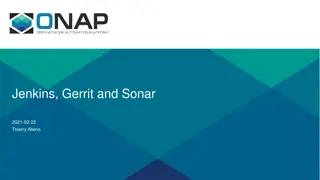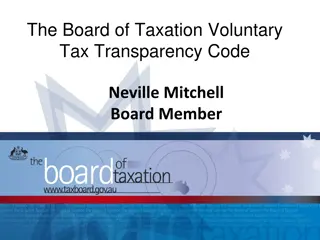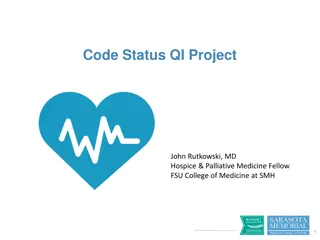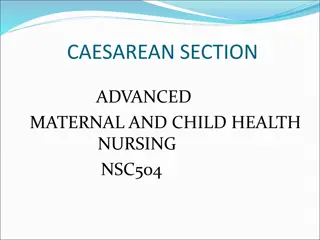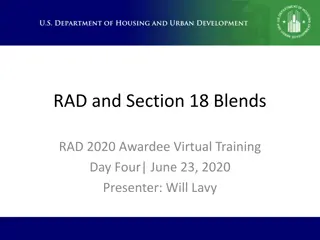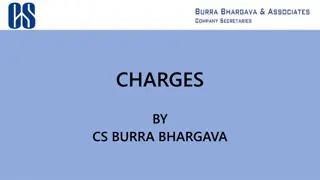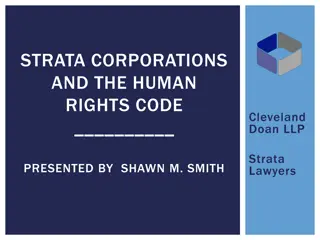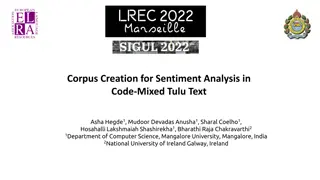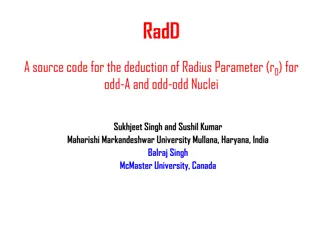Understanding Section 34 in the Indian Penal Code
Section 34 of the Indian Penal Code deals with acts done by several persons in furtherance of a common intention. Common intention involves a prior agreement among offenders to commit an offense, requiring active involvement of all. Key points include pre-arranged planning, participation of two or more persons, and equal liability for all involved. Case laws illustrate how individuals can be held liable for criminal acts committed collectively. Additionally, Section 141 addresses unlawful assemblies with specific objectives.
Download Presentation

Please find below an Image/Link to download the presentation.
The content on the website is provided AS IS for your information and personal use only. It may not be sold, licensed, or shared on other websites without obtaining consent from the author. Download presentation by click this link. If you encounter any issues during the download, it is possible that the publisher has removed the file from their server.
E N D
Presentation Transcript
Section 34 in The Indian Penal Code Acts done by furtherance of common intention. When a criminal act is done by several persons in furtherance of the common intention of all, each of such persons is liable for that act in the same manner as if it were done by him alone. several persons in
Meaning Common intention implies a prior meeting of mind of the offenders to commit an offence and requires active involvement of all to constitute the crime.
Key points Common intention is required before the crime takes place The criminal act should be the result of a pre-arranged plan Number of persons- 2 or more Liability- All the persons involved in committing the crime are equally liable.
Ingradients A criminal act must be done by several persons(2 or more) There must be a common intention of all to commit that criminal act There must be participation of all in the commission of the offence in furtherance of that common intention.
Case laws In case of Shyamal Ghosh vs State of West Bengal The Apex Court held that Section 34 can be defined as the pre- oriented plan and acting in pursuance to the plan.
Case Law Barendra Kumar Ghosh v. King Emperor, AIR 1925 PC 1 (also known as Shankari Tola Post Office Murder Case). In this case several persons appeared before the sub-post master who was counting the money on the table and demanded the money. In the mean time they opened fire killed the sub-post master and ran away without taking any money. Barendra Kumar was, however, caught with a pistol in his hand and was handed over to the police. The accused was tried under sections 302/34 as according to the prosecution he was one of the three men who fired at the sub-post master. The accused denied his charge on the ground that he was simply standing outside and had not fired at the deceased. The trial court, on being satisfied that the sub-post master was killed in furtherance of the common intention of all, convicted the accused even if he had not fired the fatal shot. The High Court of Calcutta and the Privy Council both agreed with the findings of the trial court and held the accused guilty of murder.
Section 141 of IPC Se Unlawful assembly. An assembly of five or more persons is designated an unlawful assembly , if the common object of the persons composing that assembly is (First) To overawe by criminal force, or show of criminal force, 1[the Central or any State Government or Parliament or the Legislature of any State], or any public servant in the exercise of the lawful power of such public servant; or (Second) To resist the execution of any law, or of any legal process; or (Third) To commit any mischief or criminal trespass, or other offence; or (Fourth) By means of criminal force, or show of criminal force, to any person, to take or obtain possession of any property, or to deprive any person of the enjoyment of a right of way, or of the use of water or other incorporeal right of which he is in possession or enjoyment, or to enforce any right or supposed right; or (Fifth) By means of criminal force, or show of criminal force, to compel any person to do what he is not legally bound to do, or to omit to do what he is legally entitled to do. Explanation. An assembly which was not unlawful when it assembled, may subsequently become an unlawful assembly.
Section 149. Every member of unlawful assembly guilty of offence committed in prosecution of common object If an offence is committed by any member of an unlawful assembly in prosecution of the common object of that assembly, or such as the members of that assembly knew to be likely to be committed in prosecution of that object, every person who,at the time of the committing of that offence, is a member of the same assembly, is guilty of that offence.
Difference Between Common Intention And Common Object:- The difference between common intention and common object may be stated as under: 1. Under Section 34 number of persons must be more than one. Under Section 149 number of persons must be five or more. 2. Section 34 does not create any specific offence but only states a rule of evidence. Section 149 creates a specific offence. 3. Common intention required under Section 34 may be of any type. Common object under Section 149 must be one of the objects mentioned in Section 141.
4. Common intention under Section 34 requires prior meeting of minds or pre-arranged plan, i.e. all the accused persons must meet together before the actual attack participated by all takes place. Under Section 149, prior meeting of minds is not necessary. Mere membership of an unlawful assembly at the time of commission of the offence is sufficient. 5. Under Section 34 some active participation is necessary, especially in a crime involving physical violence. Section 149 does not require active participation and the liability arises by reason of mere membership of the unlawful assembly with a common object.


